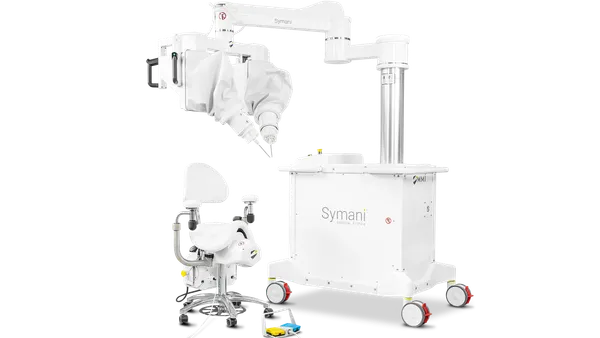Dive Brief:
-
FDA has finalized its guidance on the use of investigational in vitro diagnostics in clinical trials of cancer drugs.
-
The guidance, which FDA published Wednesday, describes a streamlined submission process for determining whether the sponsor needs to file an investigational device exemption.
- In finalizing the text, FDA made several changes but kept the core focus of the original draft, reflecting the fact that drug and IVD developers were broadly supportive of the guidance.
Dive Insight:
When FDA published the draft guidance last year, then-Commissioner Scott Gottlieb framed the text as a step toward the "goal of having a common filing for a drug and diagnostic system where the drug is co-developed with a diagnostic test." Such a common filing system could make it easier for drug and IVD companies to develop medicines and companion diagnostics in lockstep.
That prospect was welcomed by representatives of both industries, with trade group AdvaMed and drugmaker lobby PhRMA each submitting positive feedback. However, while the top-line response to the draft was positive, the trade groups called for changes in many of the details.
Many of the changes made by FDA in finalizing the draft stem from comments made by AdvaMed. As the device lobby requested, FDA has added details about how to manage clinical trials in which multiple IVDs are used. The guidance advises drug and IVD sponsors to decide which organization should take the lead on communicating with FDA.
The agency has also revised the list of information sponsors should present with the investigational new drug submission in response to feedback from AdvaMed. The final text states sponsors should include a description of the device and the patient population.
In making the changes, FDA addressed calls to make certain sections of the guidance clearer and more explicit. The central regulatory process described in the draft remains unchanged, however.
By following the process, sponsors can learn whether an IVD is is considered to be a significant risk, nonsignificant risk, or exempt from IDE requirements, within 30 days. That information will inform the next steps. Sponsors will need to file an IDE, in addition to the IND for the experimental medicine, if the IVD is classified as a significant risk. IVDs deemed to pose a nonsignificant risk are subject to an abbreviated set of requirements.
The process currently only applies to cancer clinical trials. FDA chose that focus as most of the drug and IVD co-development submissions it receives address oncological indications, but it also asked the industry for its views on expanding the approach to other therapeutic areas. AdvaMed voiced support for the expansion.











